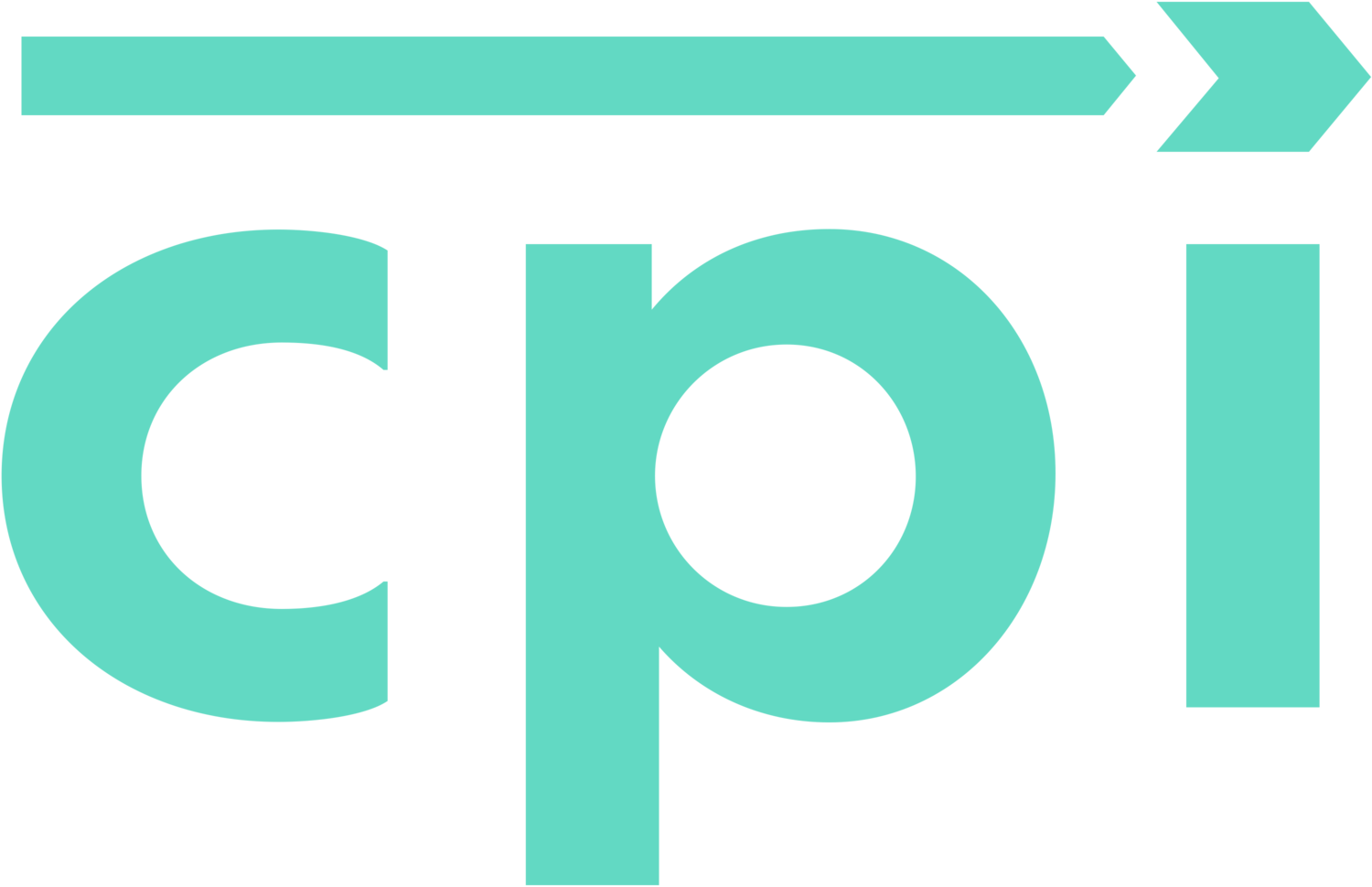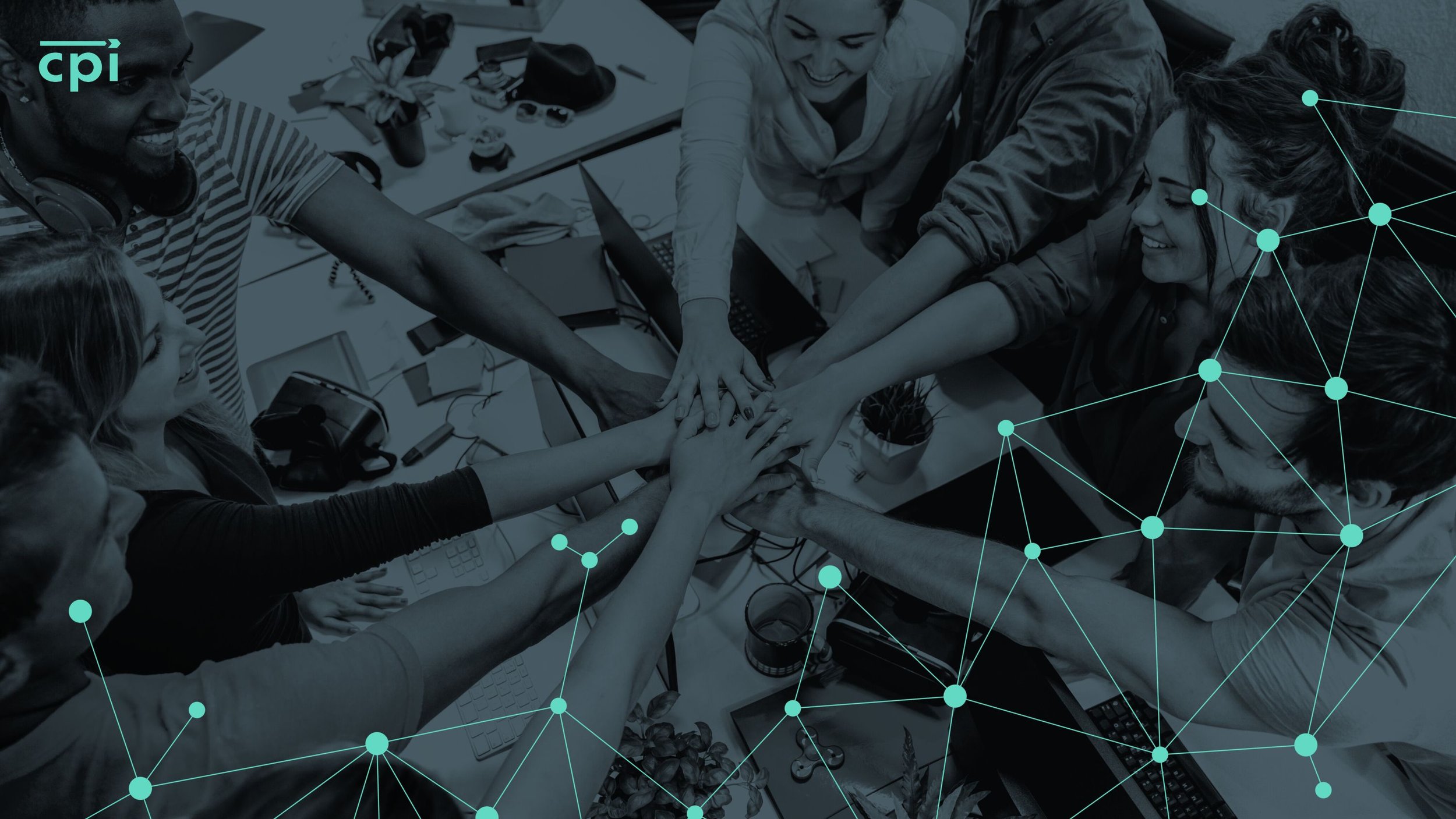Gen Z At Work: What’s So Different About Gen Z? (Part 1 of 3)
This is the first in a series of posts about Gen Z. In subsequent posts I’ll cover more on how to recruit and retain this generation. But first, let’s understand more about them and the world as they see it.
There is a new generation entering the workforce. They are currently between about 10 and 25 years old. I say about that age, because generations are never that neatly organized. This is because generations are a product of shared experiences in their formative years. Generation Z were born between 1997 and 2012. They’ve had a smart phone of their own, on average since they were 12 years old. Technology is second nature to them, hence the monikers digital natives and iGen. Because of this connection to technology, the events of the world have been even more of an influence on this generation. In previous generations there was at least a bit of a buffer between young children and the tragedies of the world. Parents didn’t run to tell their children about every crime they heard on the news. But without that parental buffer, these children had the events of the world coming in full force from their phones without any editing or explanation.
The World According to Gen Z
The World is Broken
The world has been a pretty scary place during their formative years. The oldest were only 4 years old on 9-11 so they have basically grown up in a post 9-11 world. Terrorism, mass shootings, deep political divides, and climate change have been the background music of their young lives. The times haven’t been any brighter financially with the Great Recession and the financial havoc wreaked by the COVID pandemic.
The World Is Worth Saving
One would think that these young people would have a defeatist attitude, but nothing could be further from the truth. With role models like Greta Thunberg challenging the United Nations to take action on climate change when she was just fifteen years old, and Malala Yousafzai who at eleven years old spoke out against the Taliban and defied the school ban for girls in Pakistan, they are the builders of tomorrow’s world. They take that challenge seriously. They are devoted to cleaning up the mess they see in the world. This is the first generation to demand that their work be meaningful. They want to play some important part in the story of saving the world. This means that they are getting more education and demanding more opportunity from their employers.
The number one concern for Gen Z is climate change and protecting the environment. This concern drives everything from their product choices when shopping to their career decisions. Ninety percent of Gen Z’s and Millennials surveyed are doing something to reduce their impact on the environment. They’re willing to pay more for environmentally friendly products and want to work for companies that are similarly concerned. (Deloitte Global, 2022)
The World is Diverse
Gen Z’s are accustomed to diversity in ethnicity, race, and gender identity. Their online influencers are from all backgrounds. Baby Boomers were the first generation raised on television. This influence did a couple of things. They all had the same frame of reference. I know that this will sound crazy to some of the younger people reading this, but there were only three network channels on television, so they were all watching the same programs. Oh, and everyone in this small screen world looked pretty much the same. The program content as well as the diversity of people in films and on TV has changed slowly over the generations, but in the time since Gen Z’s were born these changes went into hyper drive.
Gen Z is the first generation raised with social media and online influencers on platforms like YouTube, TikTok and Instagram. Since the power to produce and air their own content online is in the hands of the general public, the diversity of content and the faces we see, reflect a much more accurate mix of the population. Diversity in all forms is the norm for them.
Sometimes the World Is Too Much To Take
The result of this connection to the world is not all sunshine and roses. This group is also known as the most depressed generation. Only 45% self-report that their mental health is very good or excellent. That number has been steadily declining since the Boomers (70%) and we can’t ignore the influence of the internet. (Barkley, 2021) Hearing about every bad thing in the world in real time, combined with an increased emphasis on image thanks to social media takes its toll on the psyche. Nearly half of Gen Z’s and Millennials feel that the cause of some of their mental health problems is directly related to their job. The intensity of the work environment can lead to employees burning out and quitting an otherwise good job. The flip side of this is that they are more willing to seek help than any previous generation.
Financial Security is Not a Given
Finances are a major source of stress. This generation has grown up in the Great Recession compounded by the COVID pandemic and the loss of many businesses. They witnessed first-hand how uncertain the economy can be which has made this generation very conservative. They were concerned about inflation and political instability even before Russia invaded Ukraine. Almost half live paycheck to paycheck. About three-quarters are concerned with the widening gap between the richest and the poorest in their country. So they save. Many are willing to work two or three jobs to have some sort of feeling of financial security. (Deloitte Global, 2022)
There is Always Another Job Out There
The biggest difference with this generation is that they have choice. They don’t have to work for a company that doesn’t support their needs or doesn’t reflect their values. At least for the time being, there are many more jobs out there than there are qualified applicants. It’s an employee’s market. It’s easy to move to another job and probably get more money in the process. This is precisely the dynamic that’s putting pressure on employers to improve their offerings and the workplace environment.
Technology
Technology may be the biggest divide between Gen Z and other generations. These digital natives are completely at home with both the technology they know and learning new applications. In fact, in a survey done by Norton, 40% of Gen Z respondents said that they would prefer functional WiFi to functional bathrooms if they had to choose. (Pilette, 2021)Really? I wonder who thought to put that question in a survey.
There are some positives and negatives to this connection. Yes, they have shorter attention spans. The current research shows just eight seconds as compared to a goldfish which has a nine second attention span. However they are more able to multitask and they take in information much faster. If you don’t believe me, just hand the remote to child and watch them go. They can buzz through YouTube channels and content before I have even had a chance to focus. It makes me dizzy. I have to look away until they’ve landed on something.
Researchers think that their brains are actually forming differently. It makes sense because of how much our brains are formed by our environment. Many years ago a research group decided to see how much the environment formed the brains of kittens. One group was put in an environment with only horizontal lines and structures. Nothing vertical was available in the enclosure. Another group had only vertical lines and structures and no horizontal. After a period of time they were moved to a more natural environment. The kittens raised without any vertical structures actually couldn’t see vertical. They would run right into things because their brains didn’t see them. The same was true for kittens that had never been exposed to horizontal structures. Run, bam, what was that? Aside from how cruel this was to the kittens, it proved a point (and won a Nobel Prize). (Kean, 2014) Our brains are formed by our environment particularly in what is known as the critical window of development. In this case the rest of us are like the kittens. We aren’t wired to take in information the same way as our Gen Z coworkers.
Generational Stereotypes
I propose that some of the differences we are seeing in Gen Z are due to their age. The oldest of the generation are currently only 25 years old and the youngest are still in elementary school. The brain doesn’t even finish developing until age 25. For the most part they haven’t taken on the responsibilities of adulthood such as paying a mortgage, supporting a family and planning for their children’s future. They seem quick to leave a job when it gets tough, but this is the age of trial and error. It’s a part of growing up.
We have pinned negative stereotypical labels on each generation when they were just coming of age. The Baby Boomers were long haired hippie freaks, Gen X were lazy slackers and Millennials were entitled sticker kids (meaning that they expected a sticker or trophy just for showing up). In general we tend to view young generations as lacking in the values we hold as adults. There is usually a grain of truth to a stereotype, but the grain becomes less and less of the whole as these young people reach adulthood.
There are more similarities than differences between generations, and we sometimes lose sight of that. Generational stereotypes can do serious damage to a multi-generational workplace. They divide us when we need to be finding common ground as human beings and celebrating our differences, not just as generations, but as individuals.
On Becoming an Employer of Choice
While this series of blog posts is about Gen Z primarily, you’ll find that a lot of the ideas for attracting and retaining Gen Z apply to other generations as well. The difference with Gen Z is that they have always been in an employee-driven job market. All other generations have known the reality of working in an employer-driven world. Jobs were not as plentiful and the value of retaining a good job was weighed against the uncertainty of being unemployed.
As an employer, when there is more competition for fewer resources, you have to adjust. You have to be an employer of choice. You have to stand out against the crowd of employers out there. Job markets change and this won’t always be the case. However, if you make the changes now to attract and keep more and better employees you will never have to accept second best. You will be one of the best places to work and will have your choice of employees. That has the greatest impact on your bottom line. As Jim Collins points out in “Good to Great”, the first and most important step in creating a great company is getting the right people on the bus. (Collins, 2001)
Works Cited
Barkley, J. (2021, 11 18). Generation Z and Their Internet Childhood. Retrieved 09 15, 2022, from The Threefold Advocate: https://advocate.jbu.edu/2021/11/18/generation-z-and-their-internet-childhood/
Collins, J. (2001). Good to Great. New York: HarperCollins Publishers, Inc.
Deloitte Global. (2022). The Deloitte Global 2022 Gen Z and Millennial Survey. Retrieved September 21, 2022, from Deloitte: https://www2.deloitte.com/global/en/pages/about-deloitte/articles/genzmillennialsurvey.html
Kean, S. (2014, April 16). The Cat Nobel Prize Part II. Retrieved September 20, 2022, from Psychology Today: https://www.psychologytoday.com/us/blog/brain-food/201404/the-cat-nobel-prize-part-ii
Pilette, C. (2021, May 26). Digital generations: The technology gap between seniors, parents, and kids. Retrieved August 16, 2022, from Norton: https://us.norton.com/blog/how-to/digital-generations

